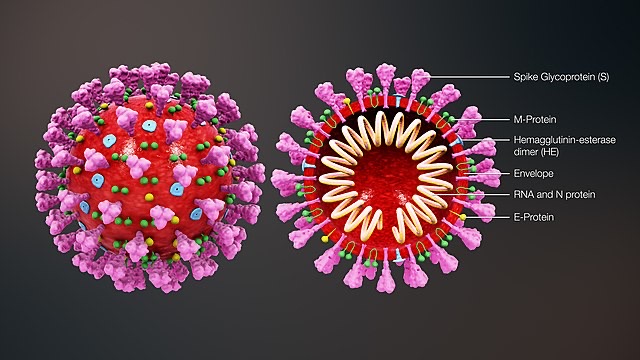
Leadership is as old as humanity. It goes hand in hand with any kind of organization, flat or hierarchical. I’d like to think our ability to lead has progressed in parallel to the advances we have made culturally, economically and politically. In areas like medicine, that progressive arc seems unquestionable. For example, thanks to international coordination we have managed to effectively eradicate one crippling disease (polio).
Yet here we are in 2020 surprised, confused and alarmed by the rapidly developing COVID-19 pandemic. How have we let this deadly infectious disease run amok?
It seems a truism to say that every age (or at least every country) is defined by the leaders that emerge. Think Churchill in World War II. Yet I would also argue that every age has defined its own leaders. When historians look back and write about the year 2020, I suspect this pandemic will go down as a singular failure of leadership on a global scale. If leaders define their age, ours is no age to praise.
Crises often elude the decision makers and leaders in charge through a combination of uniquely human flaws. These are often expressed in cognitive, emotional tics and biases including our natural resistance to change, our tendency to go in denial when confronted with a wholly new phenomenon, our bias toward minimizing bad news and many others.
But in this case I am most struck by the remarkable absence of the most basic leadership competency of them all, namely, sketching out a vision, a path forward, especially in a crisis. The bar is not especially high – a clear 30 second statement sketching a path forward.
Yes, it’s that pesky “vision thing”. But it is one of the most basic duties and requirements of a leader – showing citizens, employees, customers and stakeholders where you intend to lead your country, organization, company or team.
On this simple but essential piece of leadership I see a nearly universal lack of direction from the US and other governments around the world. Instead we see piecemeal, ad hoc reactions to unfolding events.
I don’t claim to have special insight into this crisis. But, as a concerned citizen, I feel compelled to formulate a response precisely because I have looked for it in vain these past two weeks.
I hope I am mistaken. But if not, this one is free for the taking: “For the next 12 months, we will dedicate our efforts to limiting the disease, arming first-responders and protecting citizens until we find a permanent treatment or solution.“ A single, clear sentence to marshall together a country’s ideas, resources, people, money and industries toward a common goal.
Of course we’ll need a bit more detail. So here is that statement expanded into three core objectives:
- Boost public safety & infrastructure. Limit the spread of the virus and arm health care first-responders. This is a crash program with war-time urgency to produce protective personal equipment (PPE) as well as strictly enforcing guidelines regarding social distancing and working from home.
- Protect the economy. Protect the economic well-being of citizens most affected by the pandemic with minimal red tape in receiving assistance. Authorize direct grants or payments to workers, employees, small business owners and selected industries (retail, manufacturing, services, etc) for a defined period of time. Enable other economic instruments (such as no-interest loans, tax holidays, rent freezes for retail businesses) after the initial period of direct monetary assistance.
- Innovate towards a long-term solution. Find and produce a set of COVID-19 treatments or vaccine in the next 12 to 18 months. This ultimately is the only way to ensure that the economy and public health return to status quo ante. Otherwise, we will continue to be vulnerable to re-infection due to differences in immunity across populations and hence prone to rolling waves of infection and mitigation across the world.
Vision is of course essential and necessary but not sufficient for effective leadership. Much ink has been spilled on leadership. I take my cue from Ben Horowitz’s superb book “The Hard Thing About Hard Things”.
As he notes, vision provides the critical path forward but must be backed up by leaders with the right kind of ambition and ability to organize and deliver on that vision. Absent such leaders, organizations (and entire countries) will muddle through at their own peril.
In the near future, I look forward to writing on how the fashion industry and artisanal businesses can respond to COVID-19.
“In many of the countries that have been very successful they had a much crisper strategic direction and really had a vision,” said Caitlin Rivers, an epidemiologist at the Johns Hopkins Center for Health Security, who wrote a guide to reopening safely for the American Enterprise Institute, a conservative research group. “I’m not sure we [in the US] ever really had a plan or a strategy — or at least it wasn’t public.” – https://www.nytimes.com/2020/08/06/us/united-states-failure-coronavirus.html
Unfortunately, the consequences of failing to have a vision and strategy were predictable as I wrote nearly 5 months ago in the early phase of the pandemic.